Service Excellence Training
Our Featured Program
Service Excellence Training
The Cornell University Service Excellence On-Demand Training provides organizations and team members with a framework for critical thinking. It equips employees with tools that can be applied to any interactive situation involving internal or external customers.
Quick Facts
Consists of eight 30-45 minute lessons
Target Audience:
This training is designed for anyone who works with customers. Learners may come from any industry, but their job function demands that they routinely interact with and provide service to internal or external customers.
About the Training
Delivering great customer service isn’t simply a skill that some possess and others do not. Delivering excellent service involves strategies, approaches and techniques that can be learned and practiced by anyone. The Cornell University Service Excellence On-Demand Training provides organizations and team members with a framework for critical thinking. It equips employees with tools that can be applied to any interactive situation involving internal or external customers.
Applying a strategic approach to delivering customer service improves team members’ effectiveness at assessing and delivering what customers need, when they need it. An approach centered on critical thinking rather than situation-based responses reduces errors, identifies potential problems before they start, and keeps difficult, stressful interactions under control. Armed with tools to read customers and manage constantly changing situations, employees will be more productive in their organization. Raising the bar on service will better equip team members to deliver on the service promise the organization has made to its customers, ultimately improving the customer experience and driving towards increased revenue.
Learners are required to have access to a web-enabled device. Training lessons can be taken via desktop, laptop, tablet, or mobile devices.
Learners who successfully complete all eight lessons will receive a recognition of their achievement from Cornell University’s School of Hotel Administration.
Learning Outcomes
Apply routine customer interactions to the Cornell Service Experience Cycle; identify opportunities for improvement and tighten gaps to ensure high-quality service execution
Leverage the PERC Toolkit, including Poise, Empathy, Resourcefulness, and Caring, to deliver more effective service
Read clues in the customer and the environment to inform service strategies and customize service delivery
Draw on best practices when handling difficult situations and resolving conflict
Identify opportunities for service recovery and correctly identify recovery errors and appropriate responses
Improve their own communication by consciously considering audience, message, and method of delivery
Employ the Listen, Observe, Ask method in all customer interactions
Inside the Lessons
Cornell Service Experience Cycle
Learn about the framework that defines all customer experiences including in person, over the phone, or digital platform interactions. Understanding the cycle provides critical opportunities to address flaws and improve service, and ensures that customer needs are being properly met during real-world interactions.
Your PERC Toolkit
Identify the four critical characteristics of Your PERC Toolkit and learn how to demonstrate Poise, Empathy, Resourcefulness, and Caring throughout the work environment and during customer interactions.
Contextual Sensitivity
Learn how to define and look for customer and environmental clues. Use these clues to assess the situation and adapt and customize service strategies throughout the Service Experience Cycle.
Anticipating Needs
Explore proactive versus reactive styles and the benefits of acting with a proactive approach. Leverage skills to identify improvements in the customer experience and the employee workday experience.
Communication
Share information and engage more effectively through an understanding of how audience, message, and method of delivery influence how well other people receive your communication. Explore written, verbal, and nonverbal communication methods. Identify distractions in communication styles that may cause misunderstandings.
Managing the Customer Interaction: Listen, Observe, Ask
Gain practical strategies to make the most of each interaction. Use active listening techniques and apply question words to problem-solve and practice thorough communication. Adjust your response to changing customer clues.
Strategies for Conflict Resolution
Identify conflict in the workplace and understand how conflict is a unique type of customer exchange. Know how to stay safe in difficult interactions and reach out to appropriate resources when situations escalate. Identify opportunities for apologies and strategies for times when an apology is not appropriate. Practice respect for emotions; both your own and your customers'.
Strategies for Service Recovery
Understand the concept and importance of service recovery. Identify types of service failures through the Failure Matrix as well as appropriate responses for each type of failure. Think outside the box; consider new and novel approaches for service recovery.

